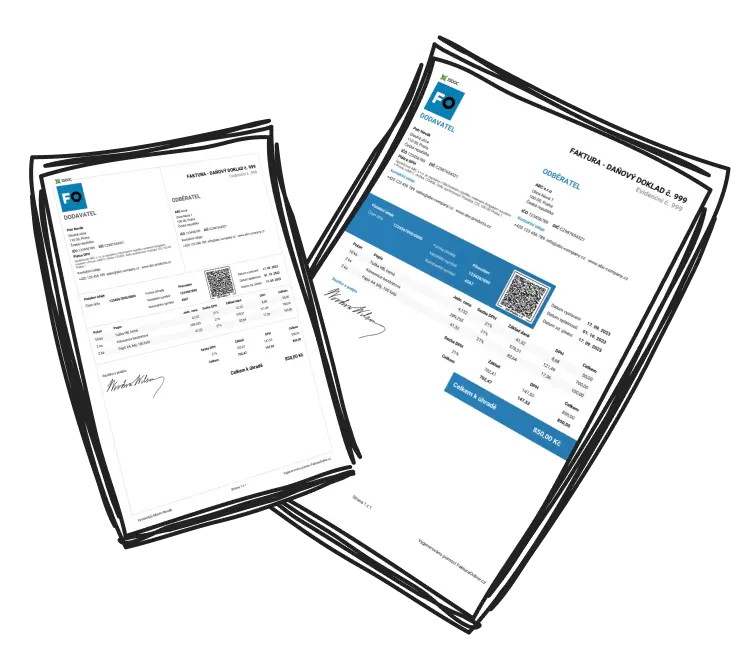Creating a logistics business plan may seem overwhelming, but breaking it down into essential steps can simplify the process. Here's how you can design a robust and comprehensive plan:
-
Comprehensive Market Research
Investigate the UK logistics sector thoroughly. Grasp the demands of customers, assess competitors, and identify pricing strategies to discover unique opportunities for your business.
-
Define Business Aims and Unique Proposition
Express your goals, mission, and distinctive selling points to stand out amidst competitors.
-
Establish a Detailed Operations Plan
Map out your transport routes, fleet needs, warehousing solutions (if relevant), and tactics for scheduling and route improvements.
-
Construct a Financial Blueprint
Incorporate startup costs (from vehicles to technology), revenue predictions, operating expenses, and funding options into your plan.
-
Develop a Marketing and Client Acquisition Plan
Employ strategies like digital marketing, partnerships, and networking within key sectors to draw in clientele.
-
Compliance and Regulatory Framework
Ensure all licenses, safety regulations, and insurance policies are adhered to for seamless operations.
The foundation of a successful logistics business lies in thorough market research, helping you pinpoint opportunities and devise competitive tactics.
Steps to Write a Solid Logistics Business Plan
Transform your vision into a structured and actionable plan with these steps:
-
Executive Summary
Begin with a succinct summary of your objectives and competitive advantages to capture attention.
-
Company Description
Clearly articulate your business focus, such as freight delivery, courier services, or storage solutions.
-
Market Analysis
Provide analysis on your target market, including trends, customer demographics, and competitor insights.
-
Define Your Services
Outline the logistics solutions you offer and how they fulfil market needs better than others.
-
Strategic and Implementation Plan
Describe operational processes, assigned roles, and the execution of business strategies.
-
Financial Forecasts and Funding Needs
Outline cash flow estimates, breakeven analysis, and funding strategies, accompanied by visual aids like tables.

Tip
Tailor your plan to your sector; for instance, a courier service focuses on last-mile delivery, whereas freight services prioritise fleet management.
Where to Source UK Logistics Business Plan Templates in PDF
Look for various templates that can aid in organising and presenting your logistics business plan in PDF format. Websites like Template.net offer easily customisable templates tailored specifically for transport.

Example
Find an array of templates covering market insights, financial projections, and compliance facets from Template.net.
Key Components of a Logistics Business Plan PDF
Follow this checklist to ensure your logistics plan aligns with industry standards:
Executive Summary: Briefly delineate your business aspirations and competitive strengths.
Company Profile: Characterise your operations, structure, mission, and outlook.
Market Analysis: Provide insights into industry trends, target clientele, and competitor landscape.
Service Offerings: Describe the logistics services you provide, whether it be freight forwarding, warehousing, or last-mile delivery.
Compliance: Enumerate required permits, licenses, and insurance coverage.
Financial Plan: Detail startup costs, revenue projections, and profit forecasts.
Marketing Strategy: Explain your plans for customer acquisition and retention.
Risk Management: Identify potential industry risks and devise strategies to address them.
Emphasise financial planning and adherence to compliance to assert credibility with stakeholders.
Where to Locate Examples of Logistics Business Plans in PDF
Studying sample business plans can offer valuable insights for constructing your own document. Resources like SBA.gov, StartupBiz Global, and Upmetrics provide downloadable examples tailored for logistics companies.
SBA.gov offers a variety of sample plans, from trucking firms to last-mile delivery services, assisting you to ensure your business strategy aligns with industry expectations.



